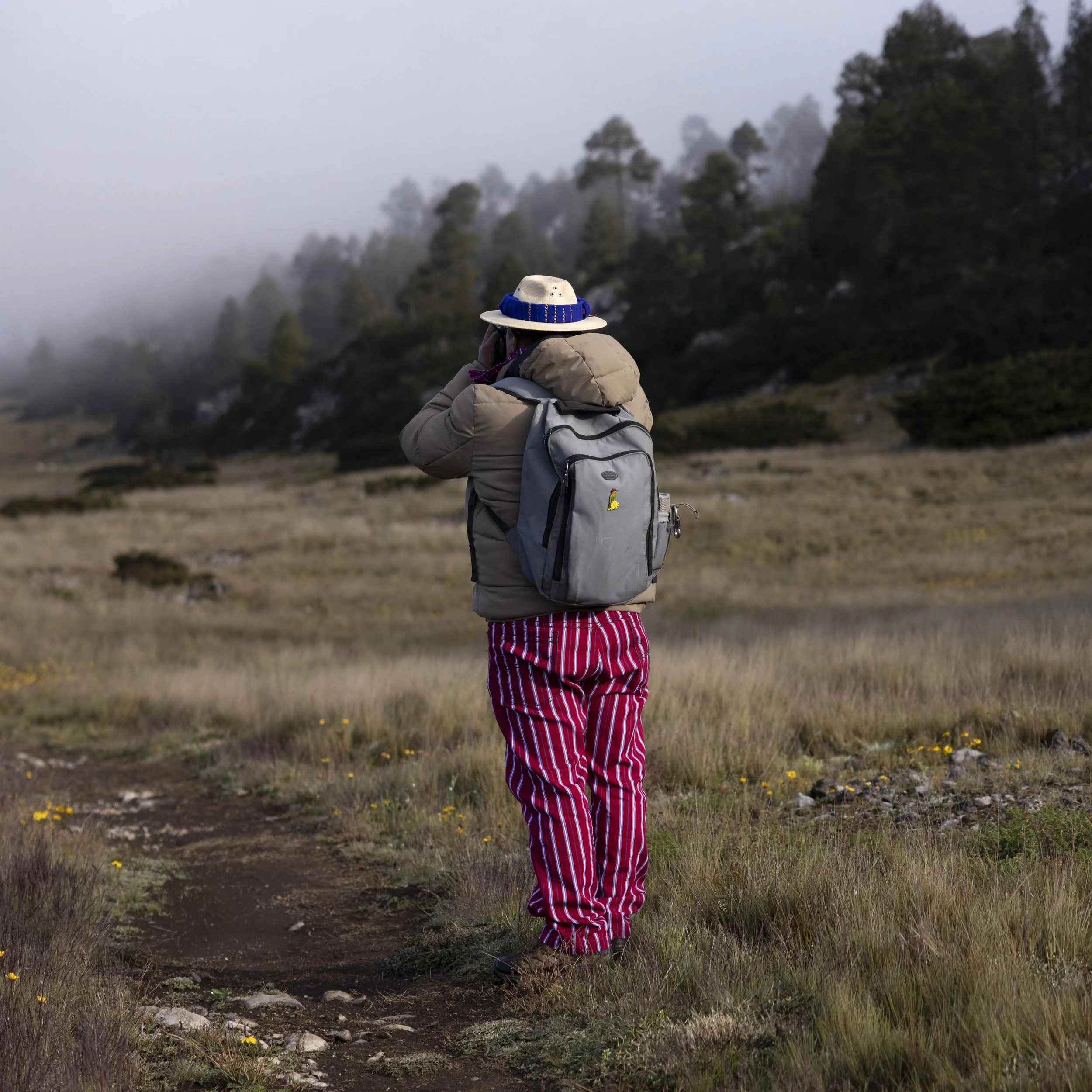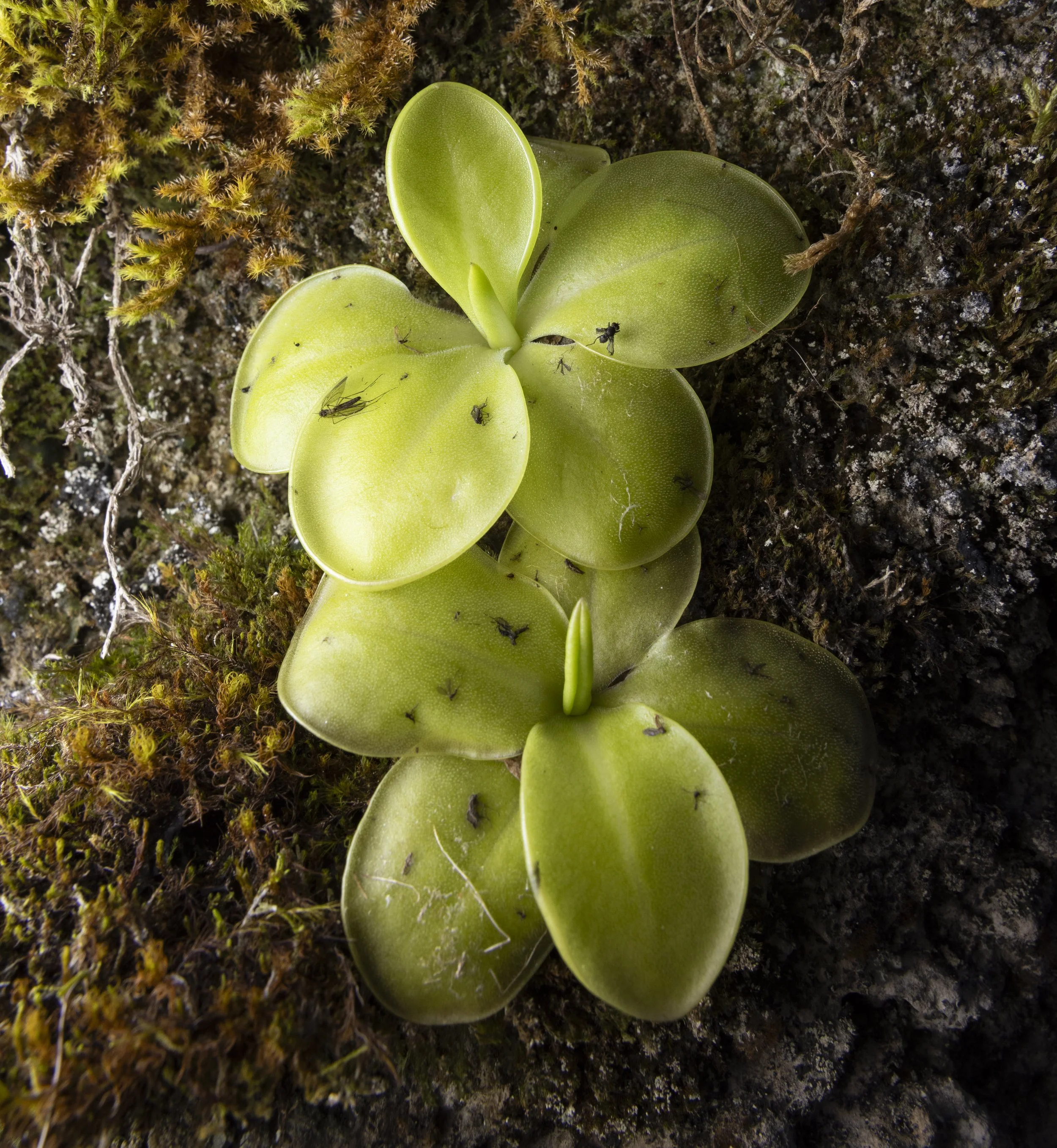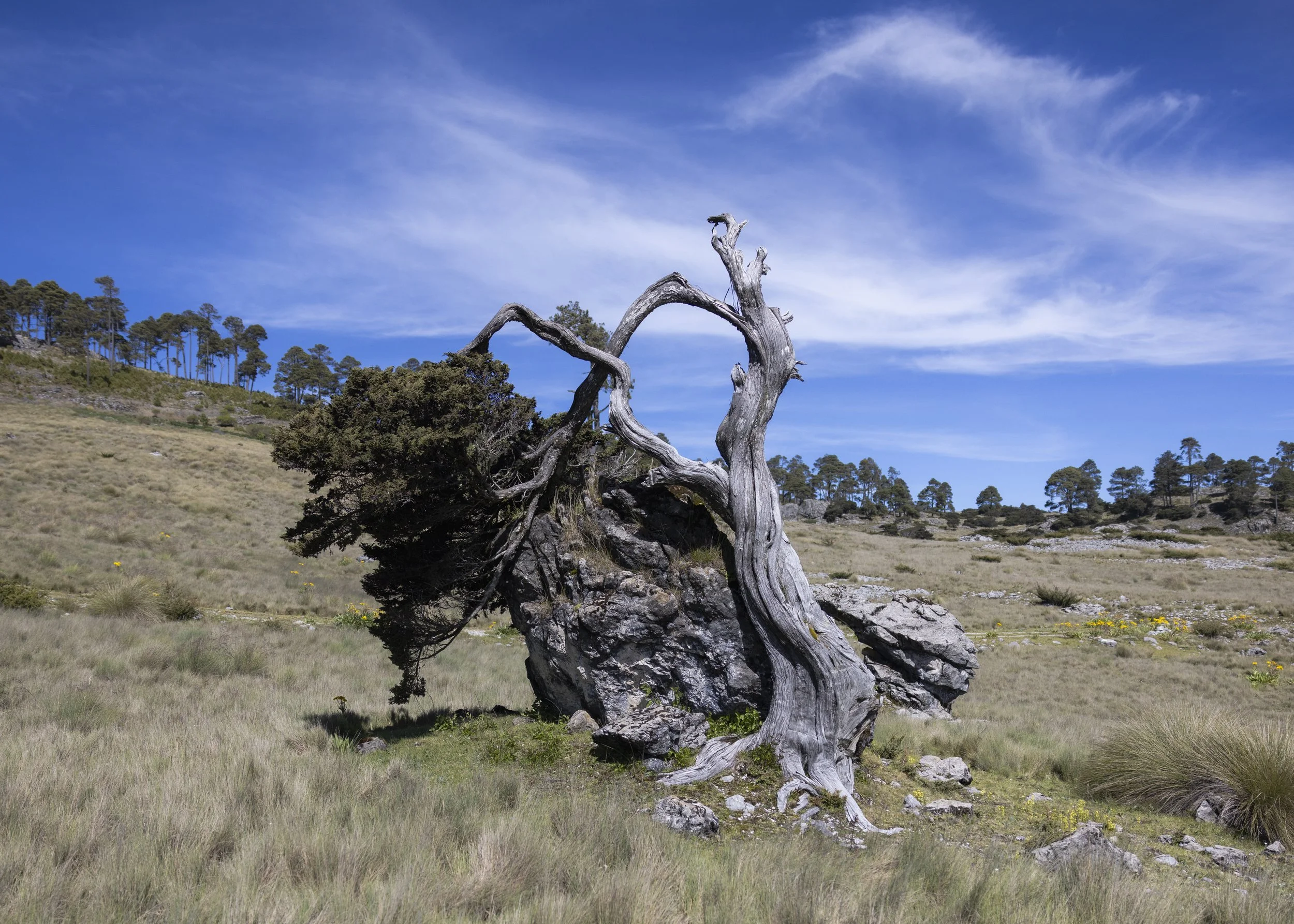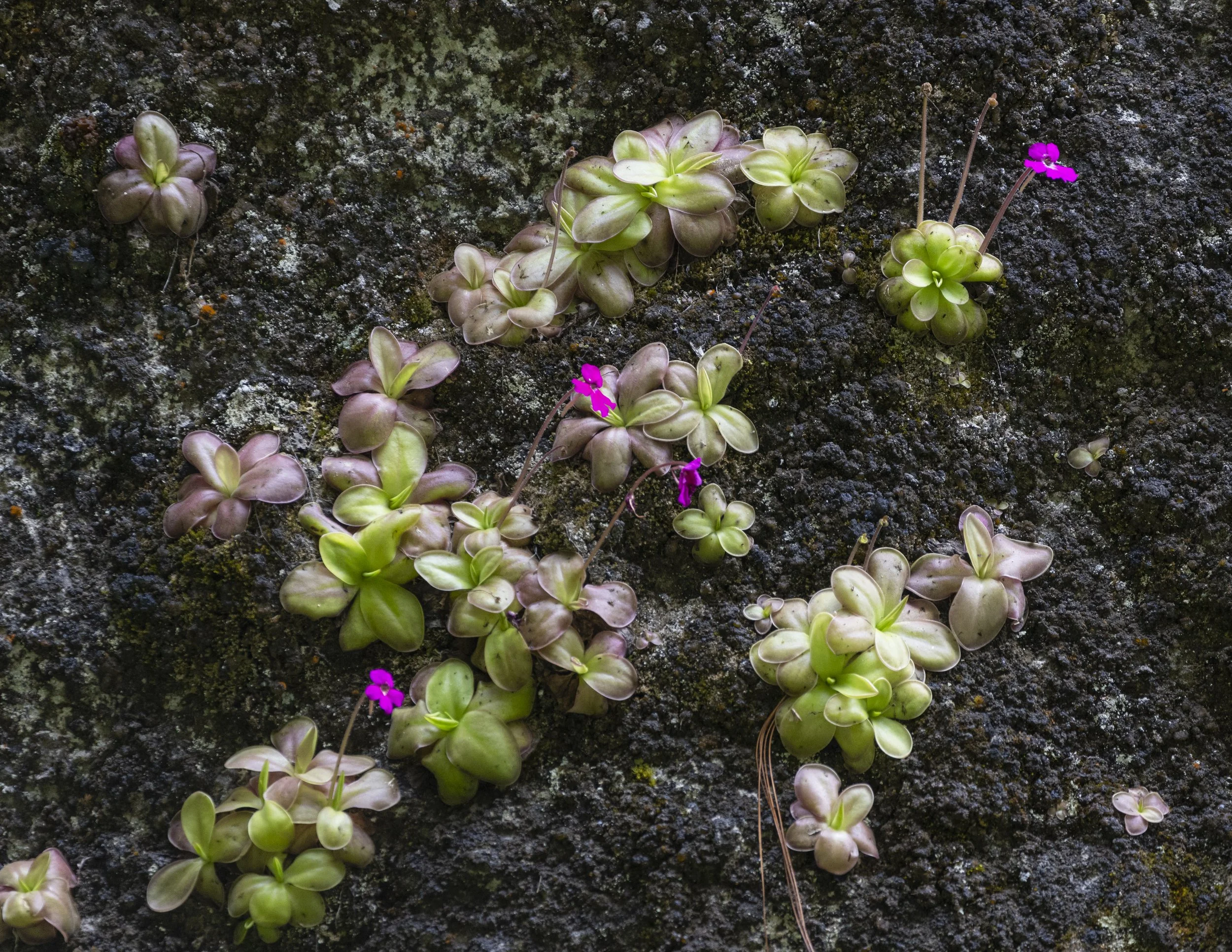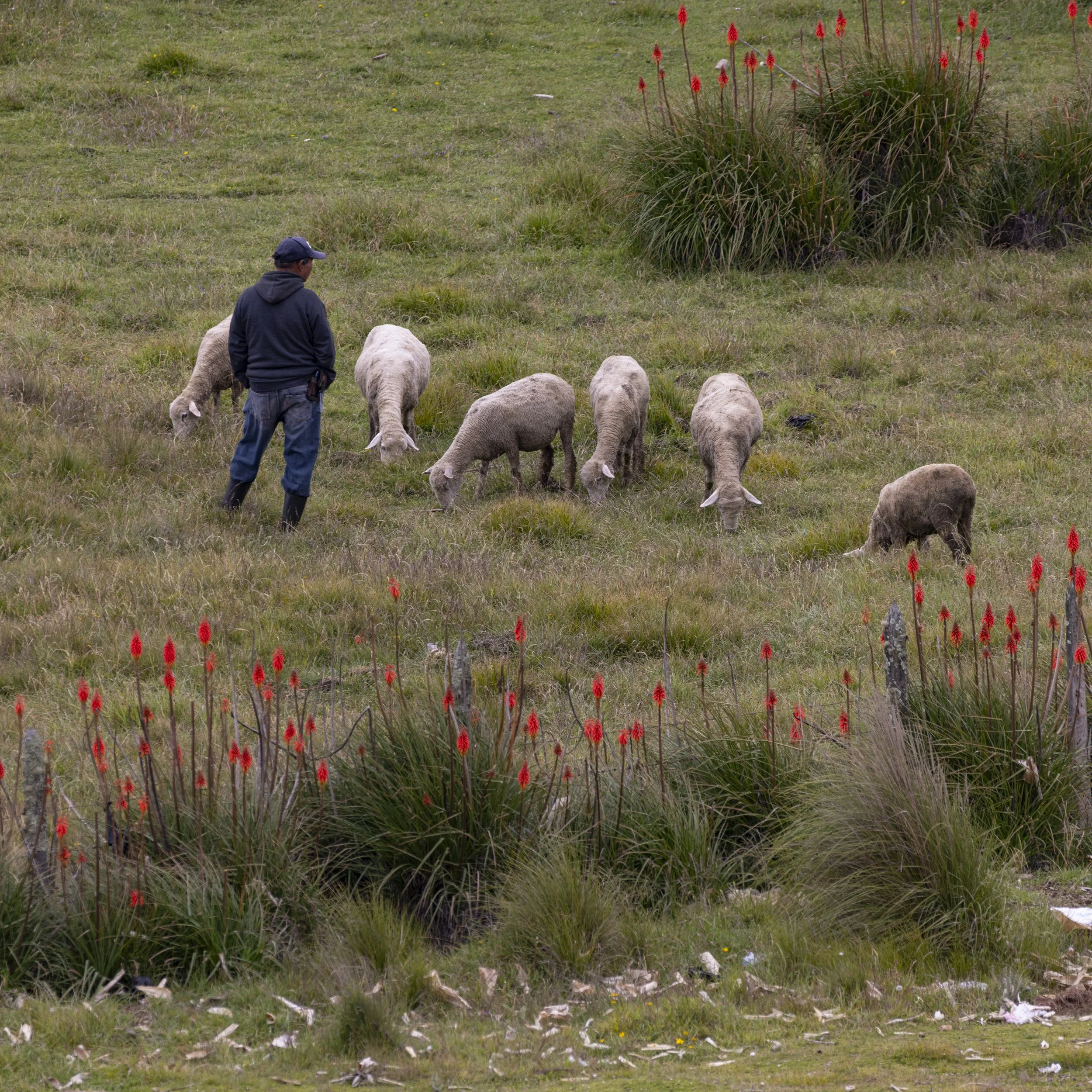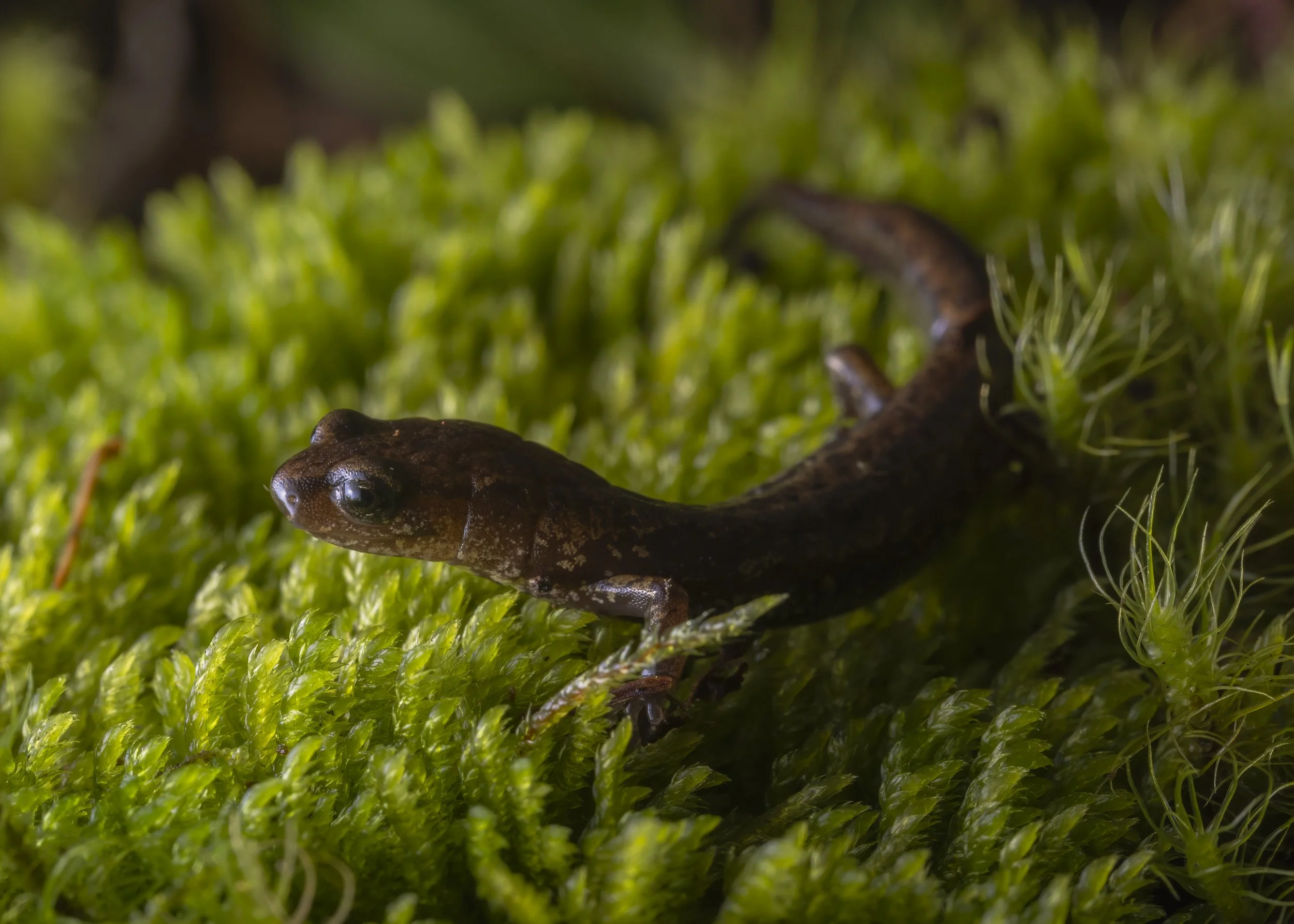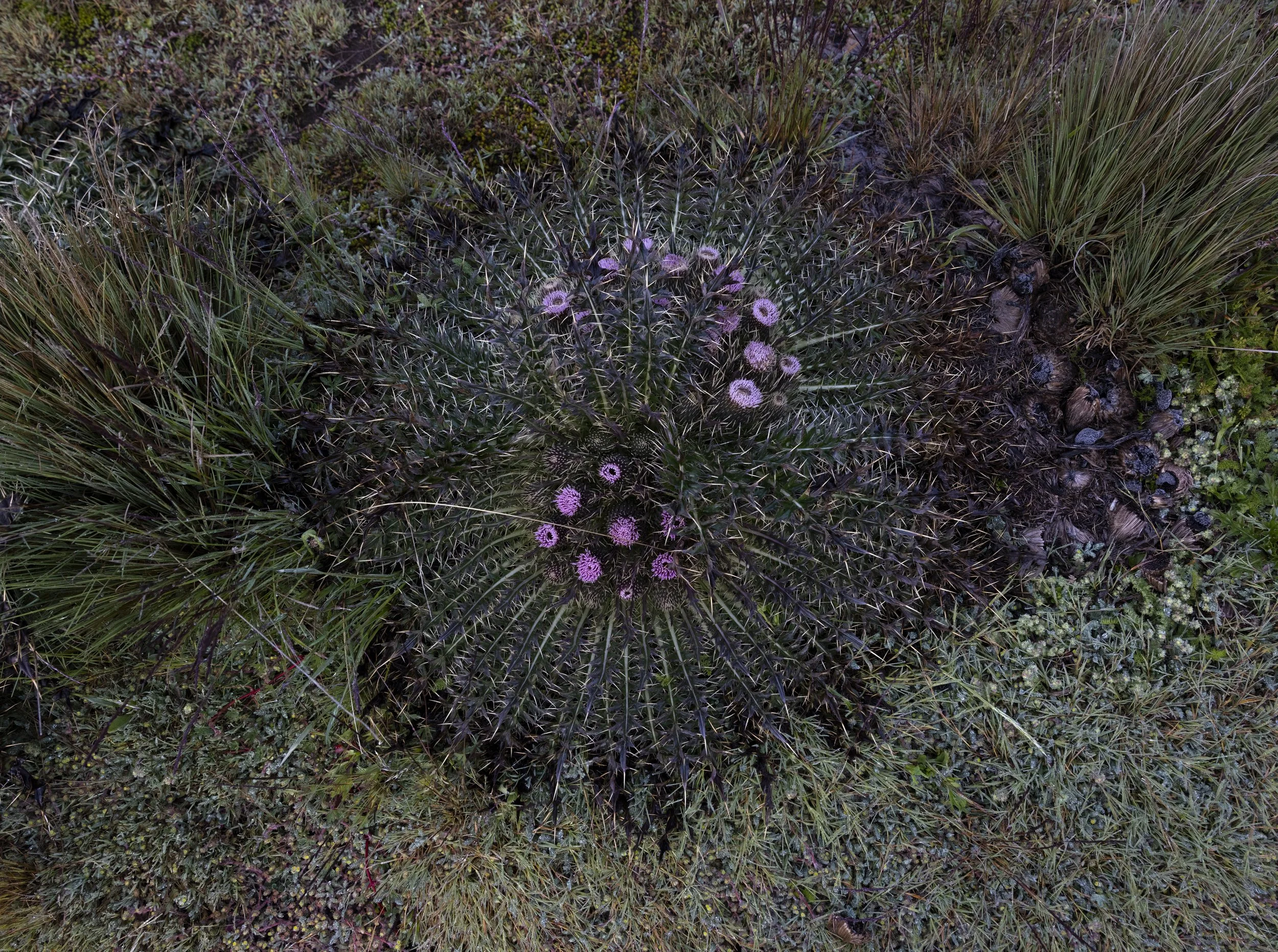
Todos Santos Cuchumatán
Todos Santos Cuchumatán Regional Park is protected area of more than 7,000 hectares in the Sierra de los Cuchumatanes, the highest nonvolcanic mountain range in Central America. Managed by the municipality together with CONAP (National Council of Protected Areas) and local organizations, the park is divided into zones for forest protection, natural regeneration, and multiple use, balancing conservation with community life. Nineteen nearby communities take part in its care through reforestation, agroforestry, ecotourism, and forest management programs, making it both a cultural and ecological stronghold.
-
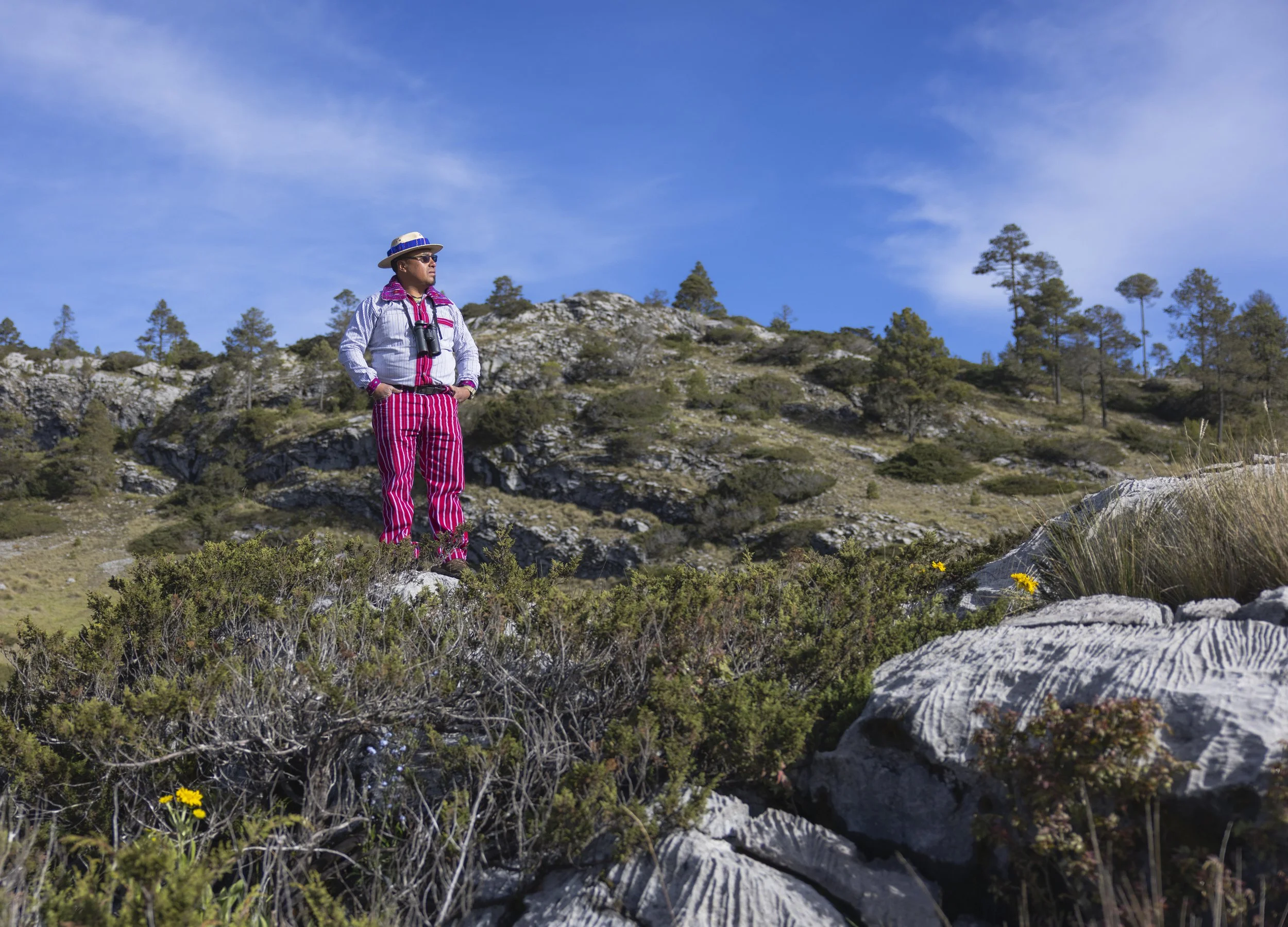
Esteban Matías Ramos
Based in Todos Santos Cuchumatán, Huehuetenango, Esteban is a ranger with CONAP (National Council of Protected Areas). A community guide, photographer, and bird enthusiast, he works to protect the biodiversity of the Todos Santos Cuchumatán Regional Park.
Huitó (Juniperus standleyi), an endangered conifer tree native to high-elevation forests of Guatemala and Chiapas, Mexico. Its population has declined by more than 70% over the past 90 years due to logging, grazing, and habitat loss. Found between 3,000 and 4,250 meters above sea level, this rare tree grows on rocky slopes and pine woodlands. One of the many species in Todos Santos Cuchumatán that rangers like Esteban actively protect and monitor.
Huitó (Juniperus standleyi), an endangered conifer tree native to high-elevation forests of Guatemala and Chiapas, Mexico. Its population has declined by more than 70% over the past 90 years due to logging, grazing, and habitat loss. Found between 3,000 and 4,250 meters above sea level, this rare tree grows on rocky slopes and pine woodlands. One of the many species in Todos Santos Cuchumatán that rangers like Esteban actively protect and monitor.
Royal False Brook Salamander (Pseudoeurycea rex), a vulnerable salamander native to high-elevation forests of Guatemala and Chiapas, Mexico. Once extremely abundant, its population has declined drastically since the 1970s, likely due to chytridiomycosis, a fungal disease affecting amphibians, and now also faces threats from habitat loss, grazing, and climate change. Found between 2,450 and 4,000 meters above sea level, it lives in temperate pine, fir, and juniper forests as well as open high-altitude grasslands. In areas like the Sierra de los Cuchumatanes, rangers monitor and protect these rare salamanders to help ensure their survival.
Royal False Brook Salamander (Pseudoeurycea rex), a vulnerable salamander native to high-elevation forests of Guatemala and Chiapas, Mexico. Once extremely abundant, its population has declined drastically since the 1970s, likely due to chytridiomycosis, a fungal disease affecting amphibians, and now also faces threats from habitat loss, grazing, and climate change. Found between 2,450 and 4,000 meters above sea level, it lives in temperate pine, fir, and juniper forests as well as open high-altitude grasslands. In areas like the Sierra de los Cuchumatanes, rangers monitor and protect these rare salamanders to help ensure their survival.

“In the Todos Santos area, we are well organized for conservation, working closely with the community. Community rangers, local authorities, and neighborhood councils form teams that carry out patrols to protect the forests and natural resources of our people.”
— Esteban Matías
The Guatemalan Fir (Abies guatemalensis) is an endemic and emblematic tree of Guatemala, symbolizing the country’s montane forests and natural heritage. Listed as Endangered due to habitat loss and overexploitation, its restricted distribution and ecological significance make it one of the nation’s most representative and threatened species.
The Pink-headed Warbler (Cardellina versicolor), with its distinctive rosy head and presence in cloud forests, is one of Guatemala’s most iconic birds. Its striking appearance and close association with highland ecosystems make it a symbol of the cloud forests of Guatemala.
The Guatemalan Fir (Abies guatemalensis) is an endemic and emblematic tree of Guatemala, symbolizing the country’s montane forests and natural heritage. Listed as Endangered due to habitat loss and overexploitation, its restricted distribution and ecological significance make it one of the nation’s most representative and threatened species.
The Pink-headed Warbler (Cardellina versicolor), with its distinctive rosy head and presence in cloud forests, is one of Guatemala’s most iconic birds. Its striking appearance and close association with highland ecosystems make it a symbol of the cloud forests of Guatemala.
